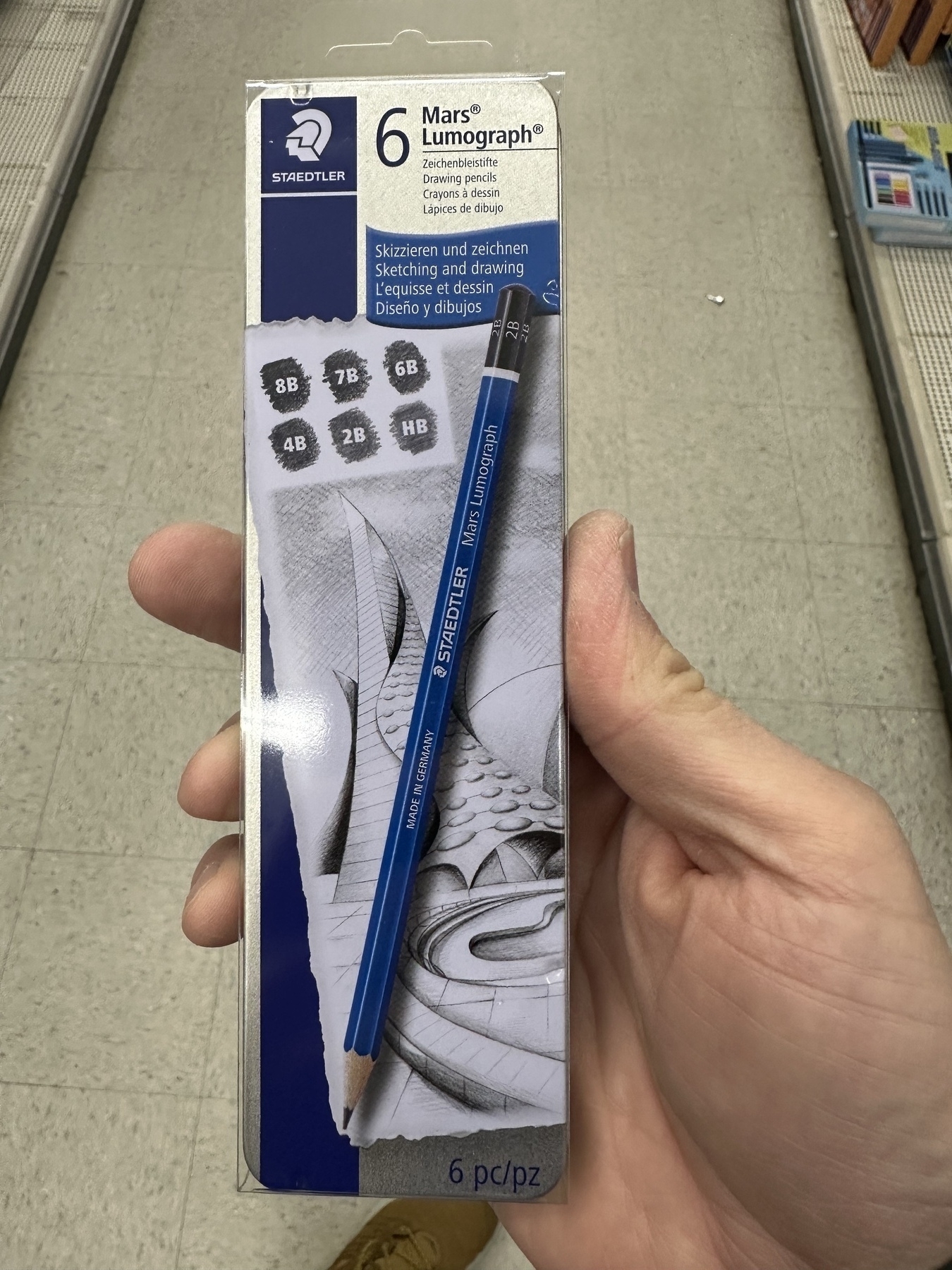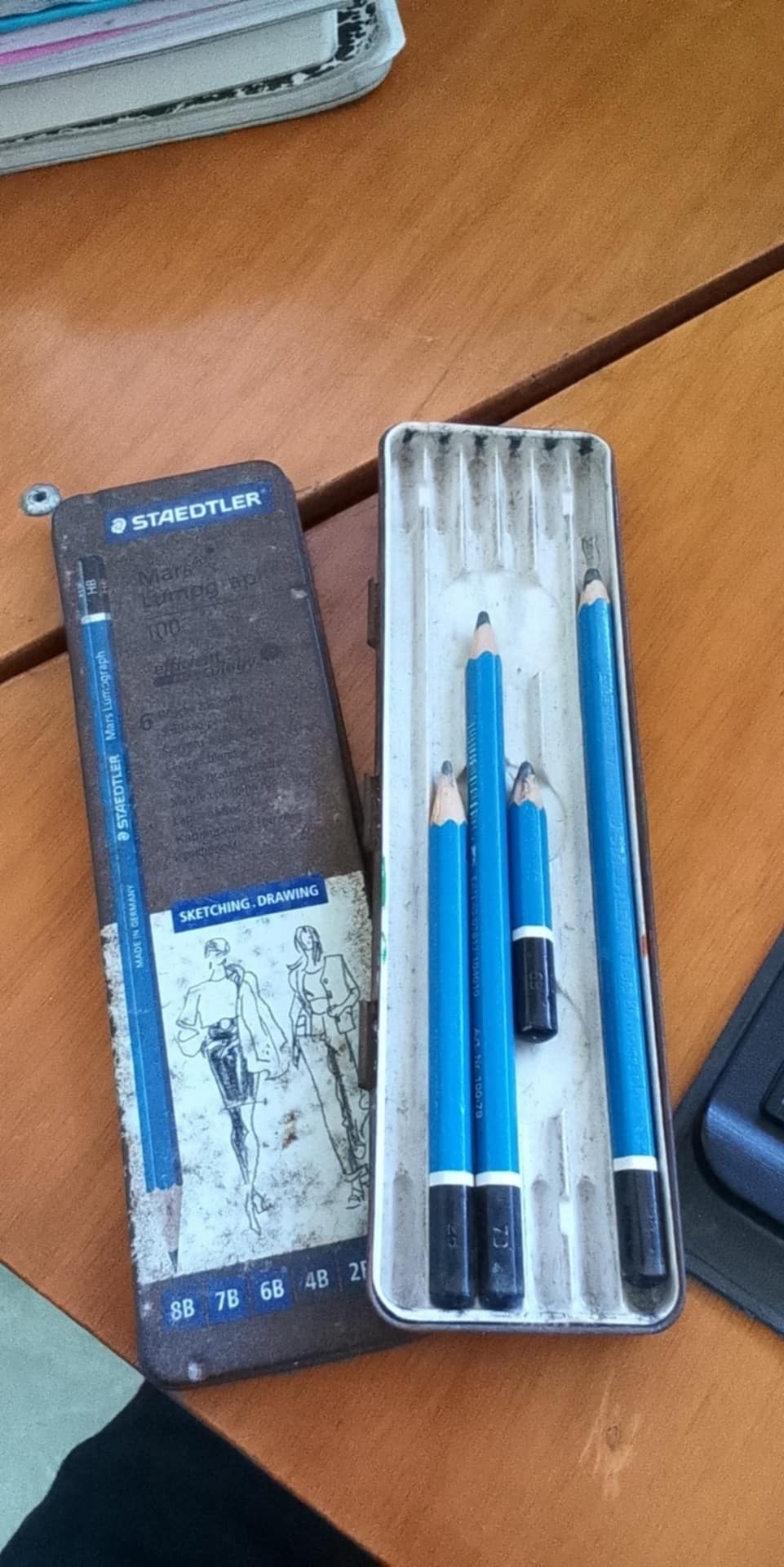Yessica's Pencils
Seven or eight years ago I made a cultural blunder while working in rural Guatemala.
When I bring my students to Petén, I tend to rent a room in a local home. The woman who steers the ship of that home, Merlina, is a small woman with tremendous strength of heart. She has nine children, and most of them have children of their own. Some have grandchildren. Merlina knows them all, prays for them all, and provides food and shelter for any who happen to be living under who roof or visiting for a while.
When I stay with Merlina and her family, I spend time playing with the kids, and I usually bring some small gifts to share. One of Merlina’s granddaughters, Yessica, has often drawn pictures for me, and I save every one of them in the pocket at the back of my journal. Every now and then I take them out and look at them, and admire the way she has grown as an artist.
When Yessica was an adolescent, she was plainly showing some autodidact artistic talent. She was also approaching the end of her time in free public schooling. I wanted to foster her talent however I could, so I gave her a new set of Staedtler pencils I’d brought for my own work. Six pencils of varying hardness, in a shiny metal tin. She was delighted. I left Merlina’s house that day feeling pretty good about the gift, even though it meant I’d have a smaller art kit to work with for the rest of the month that I’d be teaching abroad.

That evening when I got home Yessica was sad. Merlina had taken the pencils and shared them equally among all the grandchildren. I looked around and one was using a pencil to poke the dog. Another was using a pencil to dig holes in the dirt floor. I was very surprised and not very happy.
I told Merlina that those were special pencils for artists like Yessica, not ordinary pencils. Merlina patiently explained to me that in her culture it was up to her to provide for her family, and to ensure that everyone shared the good things that came into the household.
She was right, of course. I really wanted to help Yessica, but I was so focused on what I wanted for an individual that I was not thinking about different cultural norms, nor on the flourishing of the whole family. The next day I walked into town, bought a lot of common pencils and pens, and gave them to Merlina to give to her grandchildren as she saw fit. And I asked if she, as the head of the family, might consider setting aside the six Staedtler pencils for Yessica. She appreciated the gesture, I guess, and agreed to set them aside.
Funny thing: Yessica’s mom also heard the conversation, and, when she discovered that these pencils were special pencils, she decided Yessica was too young for them, so she set them aside for several years.
Seven years passed between my last visit to Petén and my visit two weeks ago. I’ve been homesick for that place, but COVID and a variety of other unexpected circumstances have kept me from returning until this winter.
For a variety of reasons I no longer teach that particular tropical ecology course, but I’ve stayed in close touch with some of my conservation partners in Petén. This winter my wife and I saw a window of opportunity and decided to fly down. In all my years of working in Guatemala, Christina had never been able to join me. This year, the stars aligned.
Naturally, we stayed at Merlina’s house again. Yessica is an adult now, and I’m happy to say she’s still making art. I opened my journal and showed her some of her youthful pictures. She laughed and covered her face. “I’ve gotten much better,” she said. “Let me show you.”
She retreated into one of the back rooms and emerged a minute later with hands full of watercolor paintings on canvas, a sketchbook, and loose pencil drawings. As I paged through the sketchbook my eyes filled with both wonder and tears. She’s so good! Without formal schooling in art, she has found online resources that have helped her to learn about value, form, texture, and color. Some of her sketches were almost like photos; others were deep abstractions that invited long examination. It filled my heart to see what she has been doing, and how she has been growing.
And then she showed me one more thing: the Staedtler pencil tin. Two of the pencils are gone, presumably worn down to nothing. A third is a mere stub. The others show signs of long wear. The tin has a patina that comes with frequent handling in a rainforest climate. Her mom held back the pencils until she thought Yessica was ready for them, and then handed them over so that Yessica could continue to grow as an artist.

I have to admit I cried a lot when I saw the art and the pencils. And then I reached into my art kit and, with Merlina’s permission, gave Yessica a new set of pencils and pens to work with, and a new pencil case to hold it all.
After I got home last week, Yessica sent me some photos of the work she has been doing recently, as an employee of the Ministry of Culture and Sports: she has been making indigenous-themed murals in her community. Which is to say: she’s working as an artist. It’s not her only work, but it’s part of what she does, and she does it well. My heart is full, Yessica. I’m so glad to see what you are doing, and I hope your art continues to grow and to fill other hearts in the community around you.